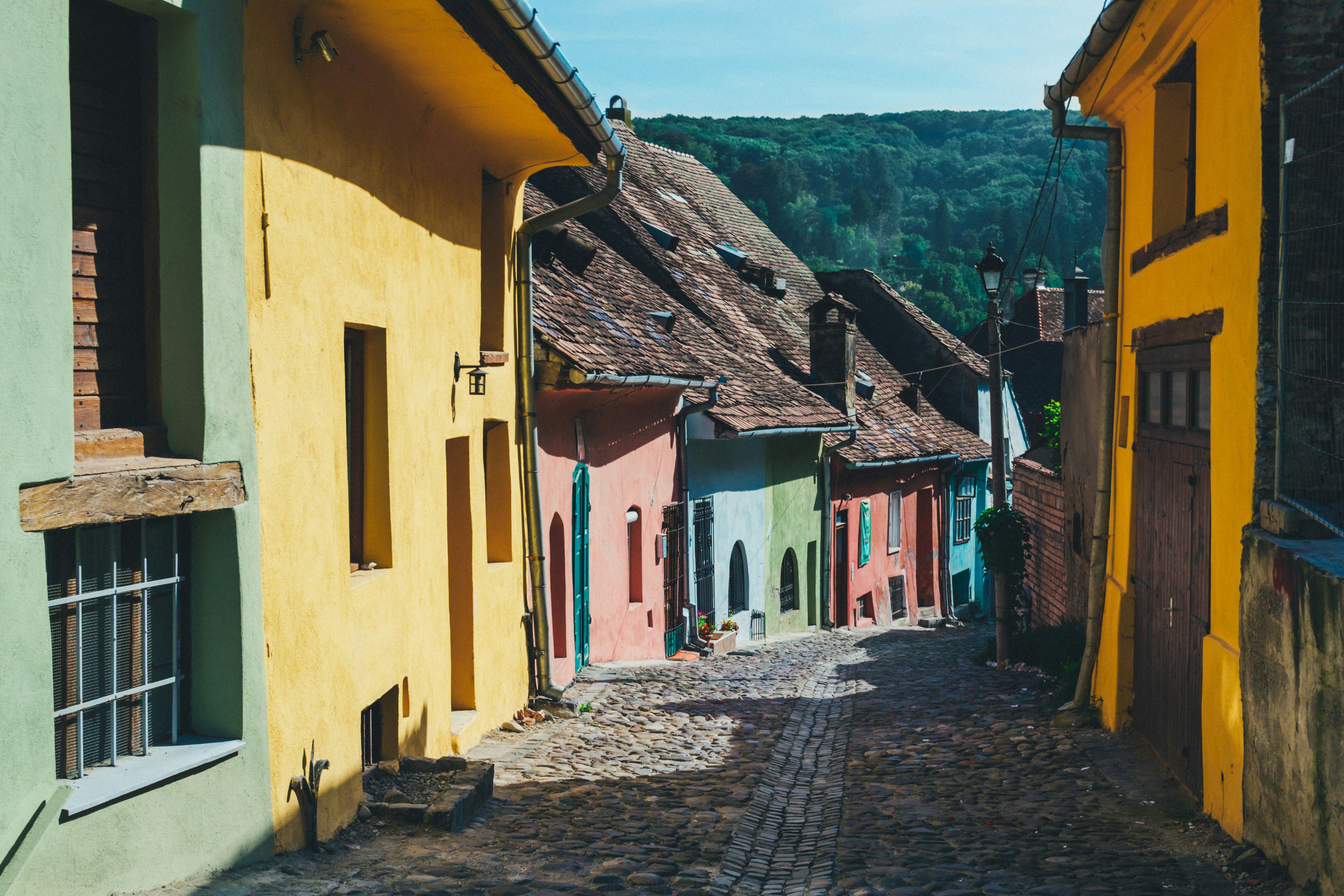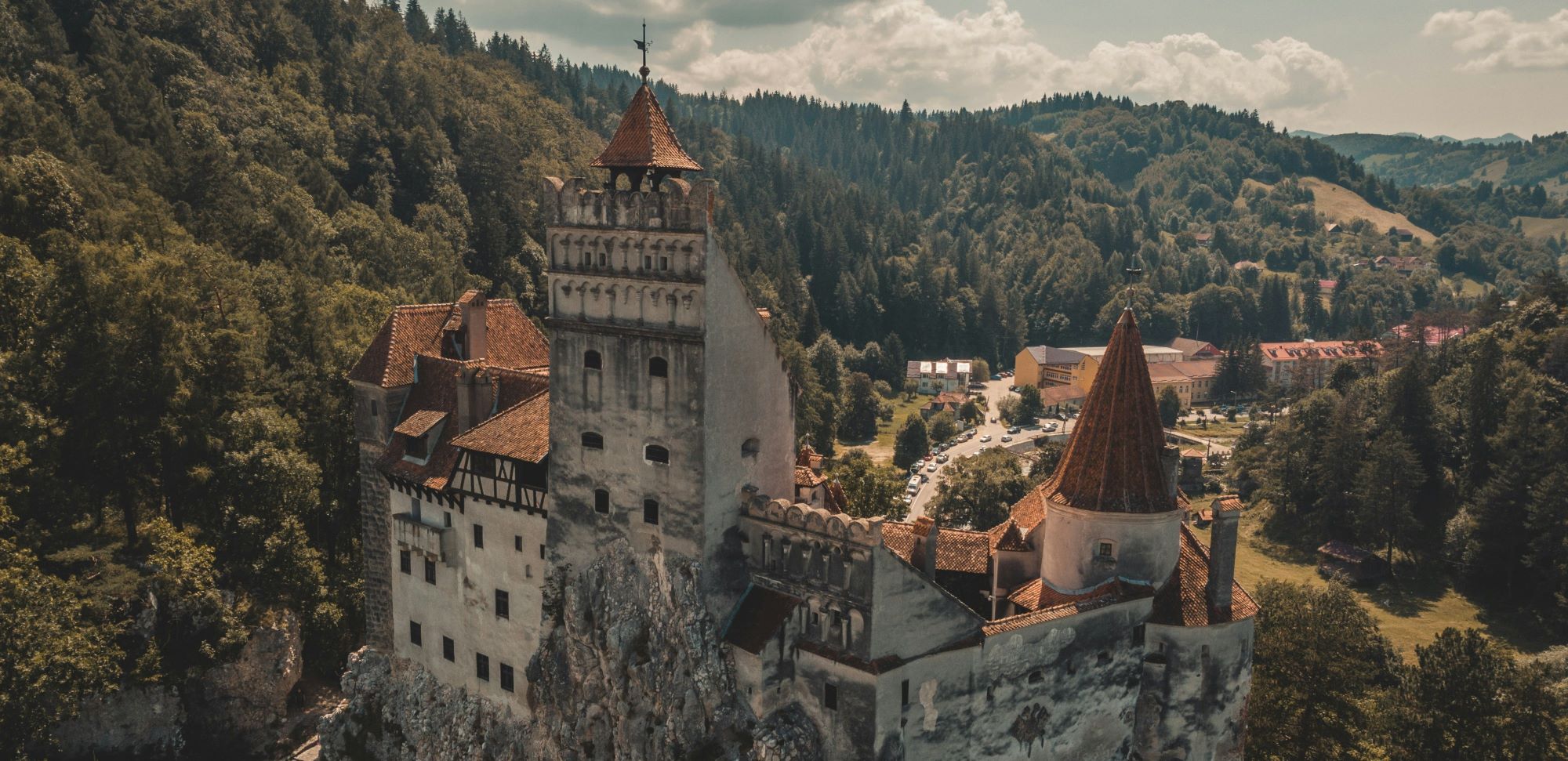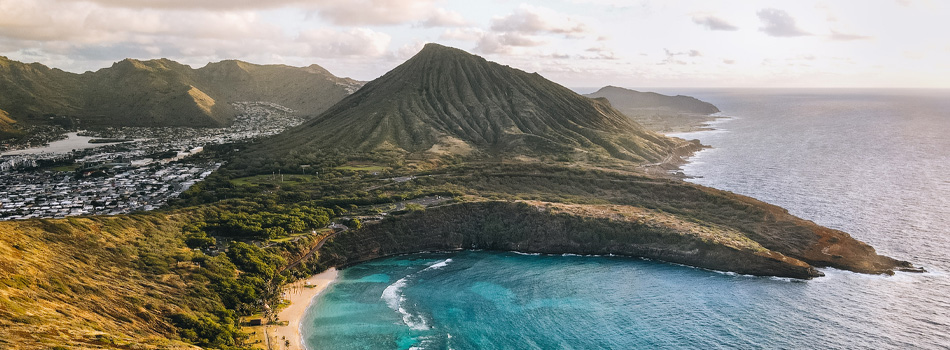From its legendary medieval castles and brightly colored facades to its rolling hillsides and snowcapped mountaintops, Romania has vast and varied offerings and is a destination worthy of exploration. Bordered by the Black Sea to the east and the Carpathian Mountains to the west, Romania is the largest country in southeastern Europe and home to a sizable portion of the Danube River Basin. And while “The Land of Dracula” is synonymous with the world’s most infamous vampire, vacationers can expect nothing but a frightfully good time when they visit this scenic destination.
Diverse Landscapes
Featuring five of 10 officially recognized biogeographical regions — Alpine, Black Sea, Continental, Pannonian and Steppic —, Romania hits the jackpot for outdoor enthusiasts. As they traverse the country’s unique and varied lands, travelers can spend their days scouting for brown bears and lynxes in sprawling forests; dog sledding and skiing on challenging mountain runs and enjoying outdoor pursuits like hiking, biking and rock climbing on rocky terrain. And the fun doesn’t stop there; beneath the surface, ancient treasures await in places like Scărișoara Cave, a subterranean world home to the largest underground glacier on Earth. Of course, Romania’s east coast, with its access to sparkling blue waters and powder-soft sand, is an ideal spot for sun lovers who can kick back and unwind alongside the Black Sea.

Intriguing History
Home to the only castle to fit author Bram Stocker’s description of Count Dracula’s dwelling (high above a valley, overlooking a flowing river somewhere in Transylvania), Romania’s Bran Castle is perhaps the region’s most well-known historical haunt. However, while pointy-toothed souvenirs and depictions of the ghoulish figure are commonplace, the site never acted as host to a fearsome vampire — or Vlad the Impaler for that matter. Instead, Bran Castle was the official palace of the Romanian Royal Family, including the famous Queen Maria who played a pivotal role in the building’s restoration after it suffered attacks from the Ottoman Empire in 1441. However, while it steals much of the spotlight, Bran Castle isn’t Romania’s only notable site. History buffs will love visiting other significant landmarks like Peleș Castle, a former property of the Royal Family; Histria, the first Greek colony west of the Black Sea; Hunedoara Castle, a gorgeous Gothic-Renaissance castle; Prejmer Fortified Church, a UNESCO World Heritage Site; Fagaras Fortress, an ancient fortress in Transylvania, and more.

Rich Culture
Whether they’re looking to explore countryside villages and medieval towns or a modern metropolitan city, travelers can find it all in this exciting European destination. For a journey back in time, places like Sibiu, Sighisoara and Sinaia charm with their impressive architecture, brightly colored façades and historical offerings. A perhaps unexpected Romanian attraction are the region’s monasteries, synagogues and cathedrals, which wow visitors with their intricate stonework and towering chapels. A few places of note include the Merry Cemetery, with its mosaic tombstones and joyful paintings; the Choral Temple, a Jewish synagogue with a striking exterior; the Painted Monasteries of Bucovina, a collection of ancient churches with a story to tell, and The Black Church, a moody structure dating back to 481.
Originally appeared in the Winter 2023 issue of The Compass magazine






comments